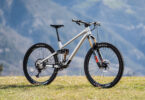What are the components of a multi-day enduro? We have been following Amateur Racer Gareth Rose as he prepared to race the famous Trans-Provence. Now he’s back from his trip and guides us through the adventure.
Like a tired, drunken wasp´s lethargic relief at finding an open window, in a locked room, I rolled into the finish area of the 2016 Mavic Trans-Provence on Friday 24th June, at about 4pm. On the vital statistics it had been six days of blind Enduro racing from Embrun to Menton over 271 km, 24 special stages, 9177 m ascent, and 18003 m of descent. Headline numbers like these, although they do give a sense of the scale of the event, cannot capture the experience beyond quantitative parts. It is the experience within the journey which is what the TP is all about, and which for many is why they ride this event. The cliché has been rolled out many a time, but it really is not the destination that matters, but the time you spend getting there.
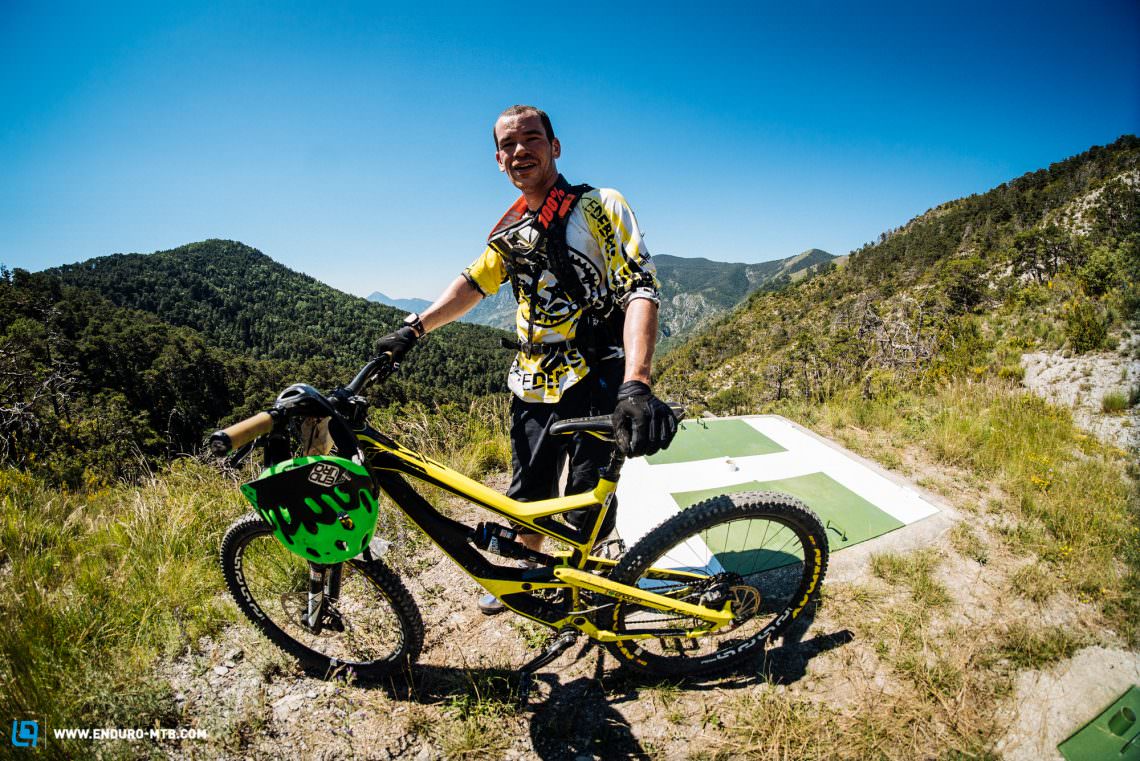
The early days
Rocking into our first camp, which is a mass of 80 tents: a mini-village, to a warm welcome and clear sign-on instructions put to rest what little anxiety remained. Having stepped out of a mini-bus after four hours of bike chat, banter, and getting to know each other, I already felt pretty relaxed and at ease with my new travelling home for the week. “Put your bags in your tent, then come back and help yourself to food and beers. Take a seat in the chill-out area”. And so, like a freshman at university, off I went to make friends, and grin at everyone. Riders who had arrived early enough for a “preliminary” ride before the main event started, were already back at camp, showered and chilling. It was like being in the pits of any high-level race: familiar faces all around, from pro riders, media, and familiar looking bike industry folk. But, more like a kibbutz, everyone was hanging out together under a big gazebo, and happily chilling. A scene that became familiar, and to be really embraced by all T-P racers as the week went on. Despite loving the trails, and journey through the country, and being positively surprised by my physical ability, I looked forward to sitting in the Living Room for a few minutes each day.
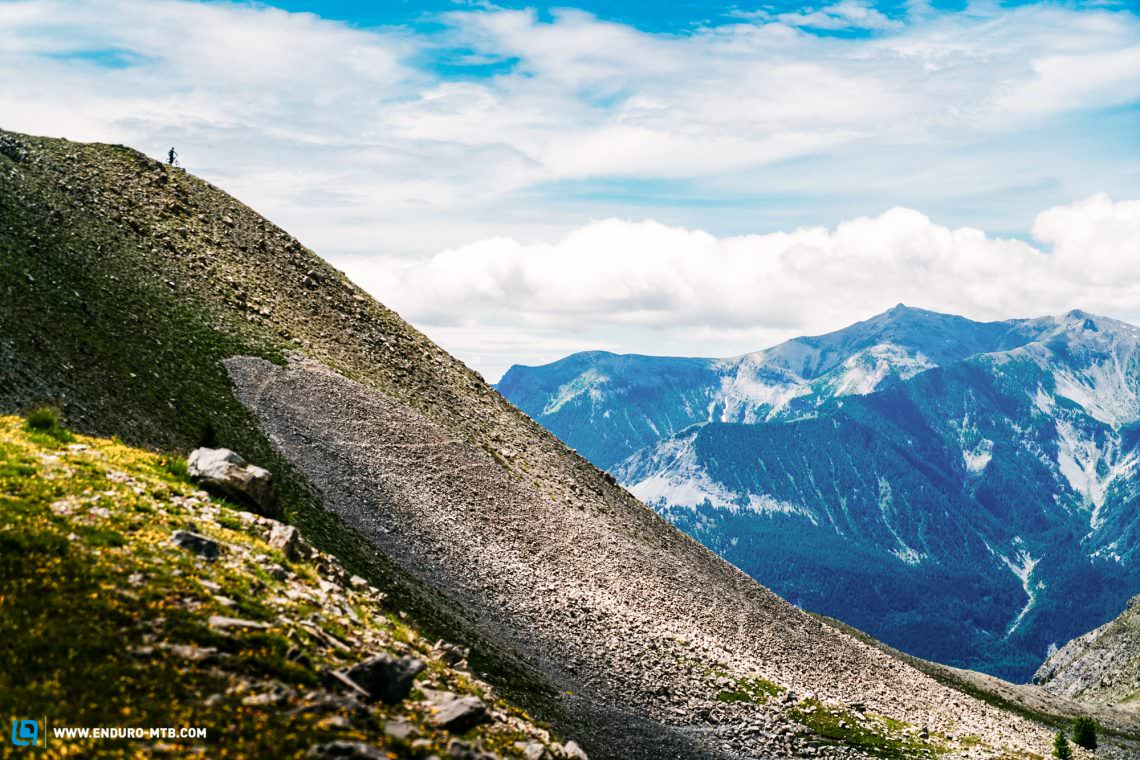
Momentum
Get up early, and warm up your cold body. Eat a lot of food at breakfast. Fill the water bladder. Grab lunch for the trail pack. Look through the route maps for the day ahead. Go ride all day. Get back to the next camp. Figure out locations of meals, showers, and find your tent. See who has already made it home. Wash, maintain, or fix your bike. Shower, and maybe a massage. Pack the trail pack for the next day. Sort out dirty clothing, and unpack bedding for the night ahead. Chill out in the Lounge. Eat as much as you can at dinner. Be briefed about the next day ahead. The momentum of the week is relentless. Spending this much time on the bike means a lot of time goes into preparing your body, fuelling your body, preparing your bike, and informing you mind. I got into a rhythm after a couple of days – luckily, as by that point as few aches and pains caused by crashes, had become somewhat distracting.
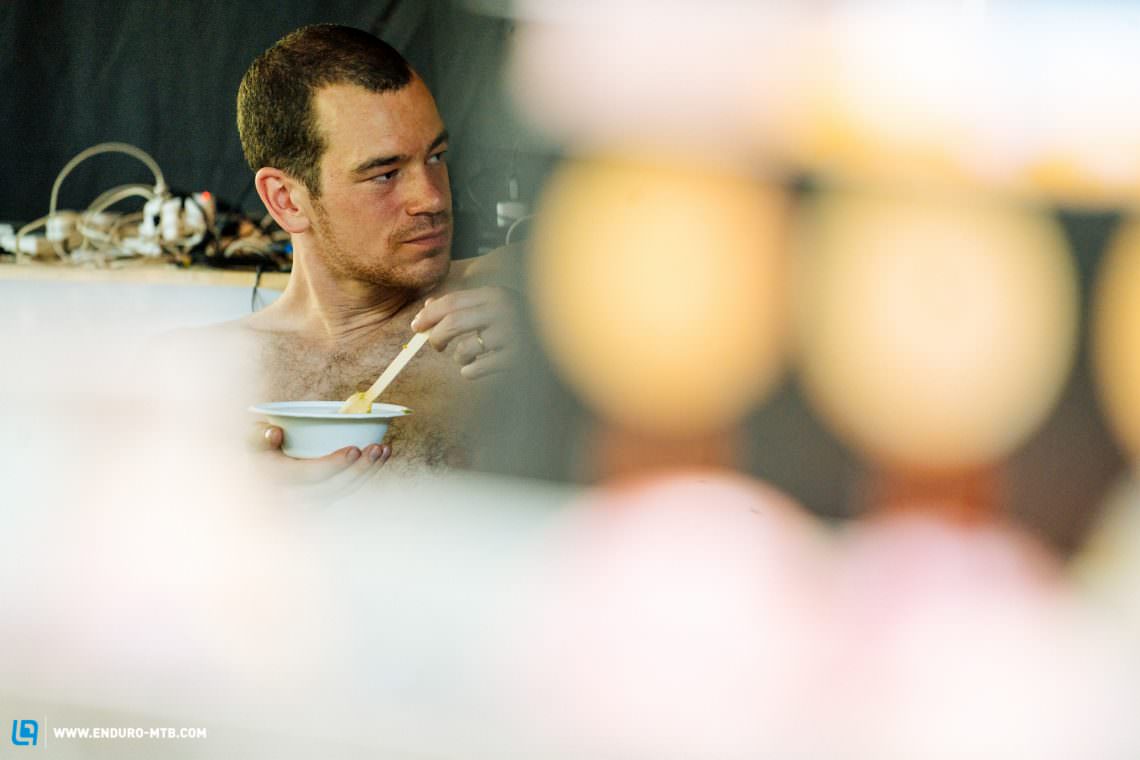
The ups, and the in-betweens
Each of the first three days began with a shuttle to a trailhead, with the following three days kicking off with riding starting straight from camp. The transitions and ascents varied from snowy, steep, and slippery hike a bike, which was very tough in a pair of Five-Tens, via sit and spin fireroad climbs for 90 minutes, and hike-a-bike through footpaths which have been cut into rocky cliff faces, and then meander through ancient blue-bell laden forest, to deposit you on an endless rolling, grassy alpine pasture. Although I was mostly riding in company, due to the length of the days, I sometimes found myself riding solo. This wasn’t always a bad thing, as the sense of tranquillity, space, and sublime beauty of the surroundings was sometime easier to appreciate without any distractions. The 9000 meters of ascent was certainly physically demanding, but mentally and spiritually rewarding – I was surprised by my willingness to trudge on and keep moving forwards to see where the path ahead would lead.
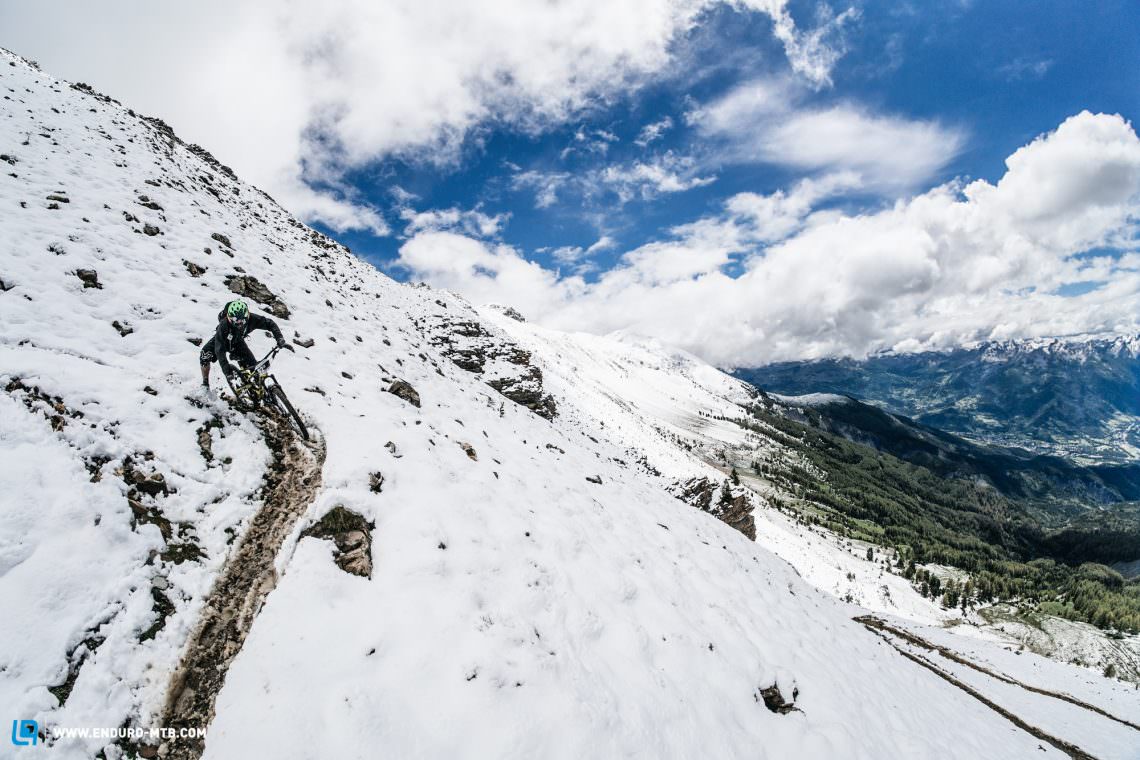
The Racing
Racing is known for its extreme highs and lows. With 24 special stages, essentially 24 separate races over 6 days, the TP manages to squeeze in a whole season worth of racing enduro into less than a week. The highest and lows are condensed. With no expectation of where I would place, and no ambition to do more than finish the race, and to enjoy the experience, Day 1 saw my best result. I started the event riding well within my comfort zone, hitting the special stages at perhaps 80%. I felt good, strong, and within my limits. On arrival at camp was sat Jon, at the TP timing desk, where each rider returns their unique timing tag, to retrieve their ranking, and overview of times for the day. I finished the day in 40th out of 87th, which given the strength of the field was way higher than I expected. I was stoked, and encouraged.
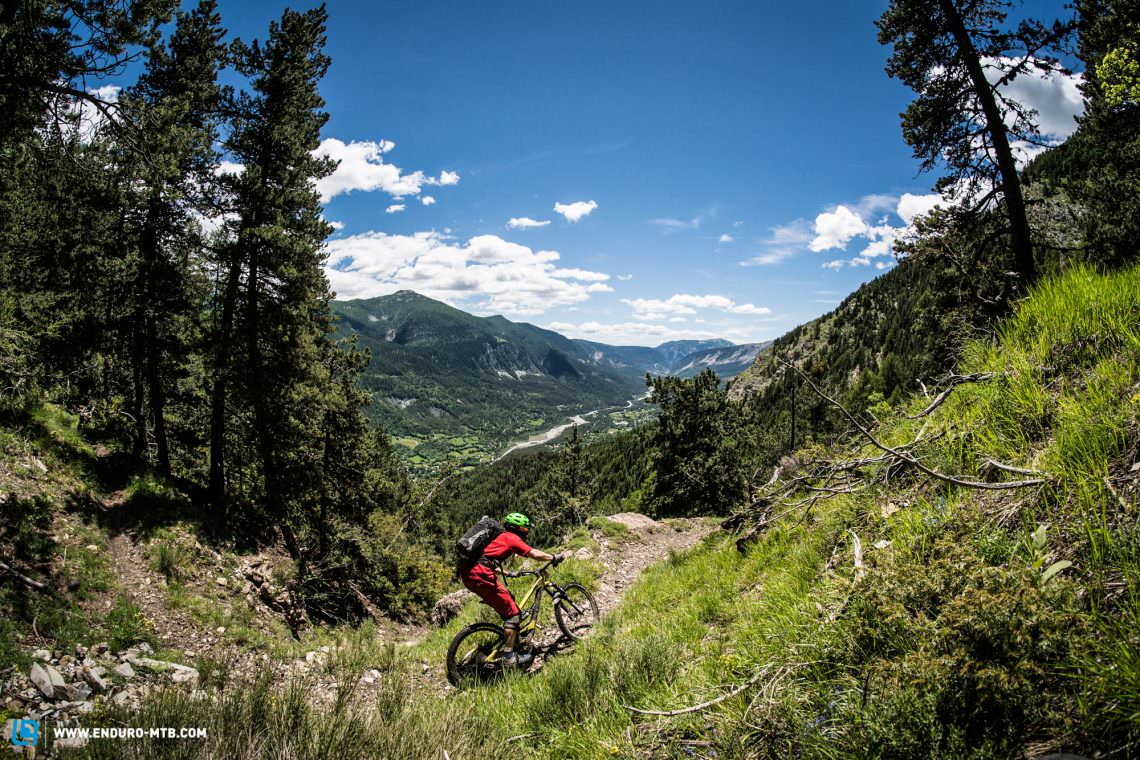
Day two came around. I deviated from by objectives, and my game-plan. I sprinted loads in the first stage of day 2, overtaking four riders, and then punctured with about 25% of the trail still to come. Undeterred, I pushed on, and overtook one more person before the finish. Puncture fixed, I set off, safe in the knowledge that it would be a long week of racing, and nobody would race cleanly through all stages – one puncture doesn’t matter so much in the bigger picture.

Stage 2 – boom, same again. Another puncture, and a tyre shredded. With some support from the professional Mavic mechanics, and a new tyre, I headed off for another couple of stages. Stage three began with a long, flat sprint, and I came in somewhere mid-field. Stage four was a banger – in and out of woodland, totally flat out, and flowy. I was looking for fast lines, trying to make up time lost earlier in the day, and pushing harder than I should have. I jumped over, and around a small tree leaning over the trail, and landed transitioning down a bank, back to the narrow trail with right-hand exposure. I had cleanly, and fairly avoided a chicane and some hard braking in the process. Whilst giving myself a mental high-five, and losing concentration on the trail, I took off to the right, down the exposed fall-line and landed in a crumpled heap, badly bruising my shoulder in the process.

So, onwards to another day on the hills. In my naive optimism, my weakened right arm wouldn’t hold me back too much. What is one day of bad racing, amongst six? On the way to the longest climb of the week, I managed to ride off a five foot high (1.5 m) wall in a meadow, which was covered in long grass. I had a deep gash in my elbow before hitting the first stage of the day. Three hours of climbing later, I was racing Stage One, day three. 100 meters down the trail, sprinting hard out of a corner, I hit a pedal, and again flew off the trail, like superman crashing into an Ewok village. I gingerly got back on the bike, and rode the rest of the trail, and all trails for the rest of day 3 for fun – flowing, pumping, and popping.
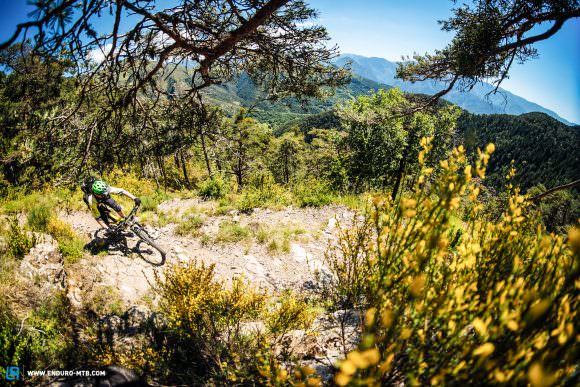
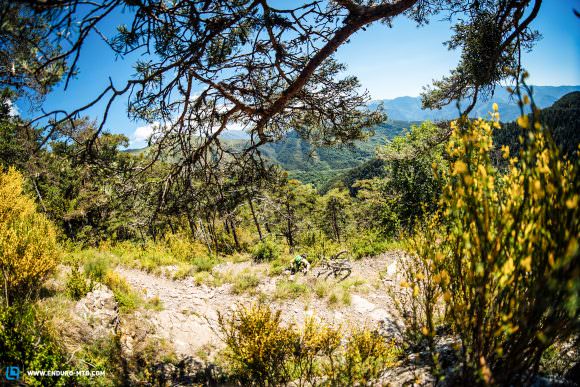
After giving my body a thorough punishing, it was obvious that my handling of the bike was being compromised, and leading to more painful mistakes. No longer able, or willing to push my speed, I focused on riding safely, enjoying the trails and having a shed load of fun.
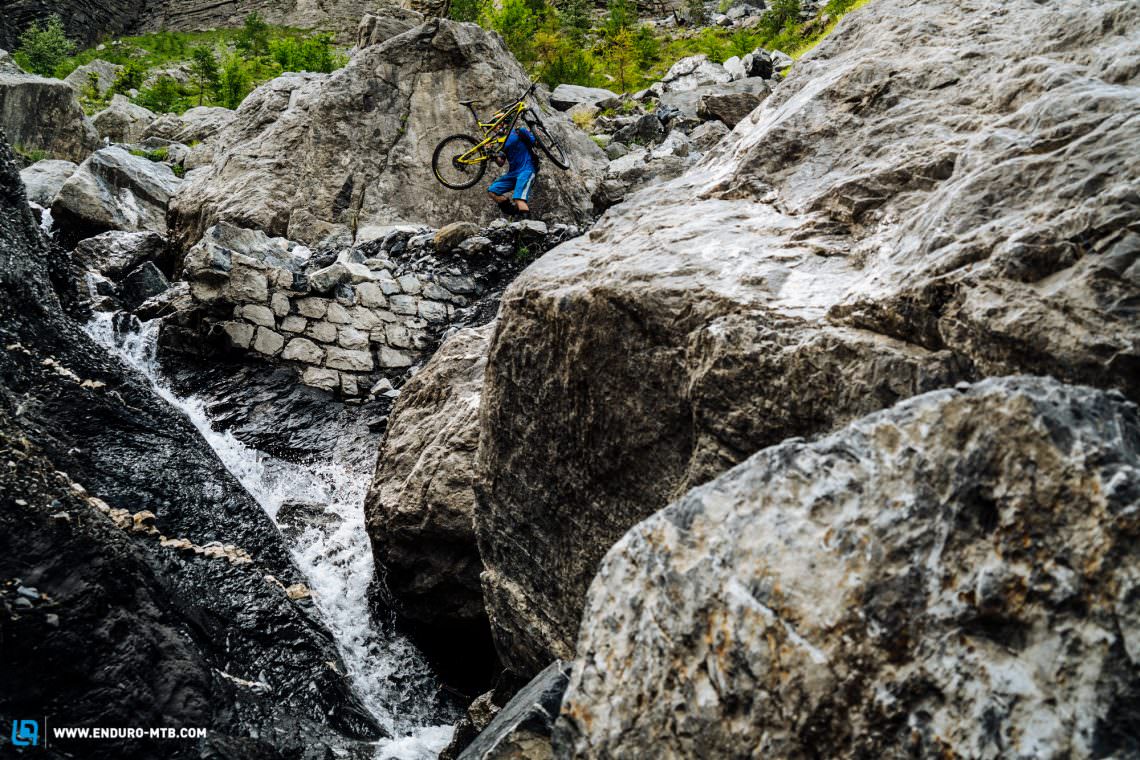
During the week, a few small, friendly and healthy rivalries opened up. Everyone at the event was following the main contenders – the fast boys and girls to watch how events would unfold, but every participant at the event is the lead character in their own epic story of battles won, lost, romancing the trail, and tragedy. The TP delivered a huge smack of racing lessons, short-lived glory, and lessons in stamina and endurance.
The body
A six day enduro event in big mountains, will always ask big questions of your body. A previous feature “Training for a Multi-day Enduro” looked at my physical preparations. Before making any more observations or comments on this area, any readers need to accept it when I saw the TP is very physical. It is a tough event. Look at the videos of Day 1, of me carrying my bike up the summit of a col at 2,600 m, in 8 inches of snow if you need the evidence. Of the 86 riders starting this year, 70 riders finished, which I hear is a pretty good finisher ratio.
My training plan, which was expertly structured and managed by Ben from MTB Strength Factory, revolved around six months of interval training, strength training, improving my lactic threshold, and some training which was specific to enduro racing, and TP specific activities. I was a good, and conscientious student of Ben – I never missed a training session, aside from through sickness. This commitment saw me heckled by teenagers, whilst doing pull ups in parks away from home, but it was this structure and discipline that I believe got me through the event despite a few big crashes.
The TP was physically challenging, but I was surprised, that my training had equipped me to stay strong on the bike through very long stages (15 minutes), and to keep on spinning the pedals, when others were visibly struggling.
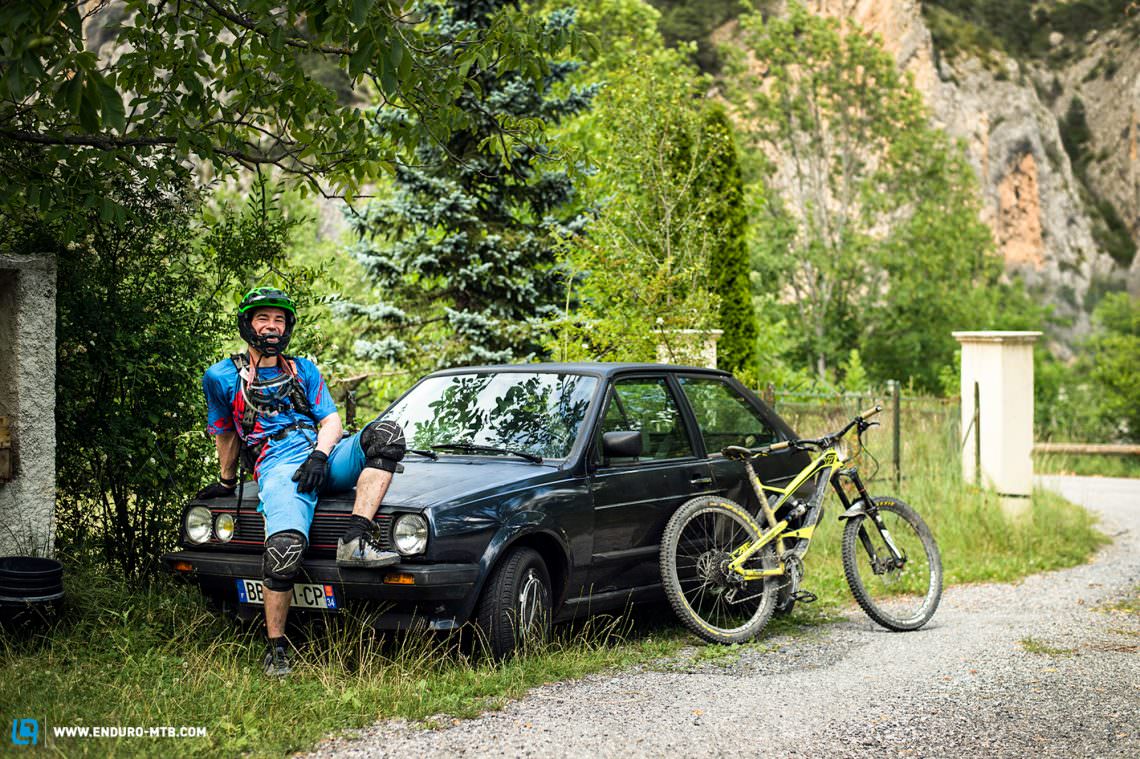
My training has seen my loose a total of about 11 kg over six months. Bearing in mind I typically rode over 100 km a week before my training, I wasn’t exactly a porker, but Ben´s programme has strengthened my chassis, and increased my horse power. Despite doing a couple of races in the months before the TP, I was really surprised that I stayed fresh enough to keep putting power down through the pedals, well into the week, and late into each day. I had become a super charged, pimped up, old Peugeot 205. Very very reliable, can take a few knocks, capable of going really fast, looking pretty cool, but dangerous to be around if you put a corner in the way. I doubt my ability to make it through the week, with the damage I sustained, if I had not had professional training and support.
Trails at the TP were often very, very rocky, loose, and exposed. No amount of description can prepare you for the trails in this part of the world, and the only change I would have made to my training would be to ride more high-alpine rocky trails in the proceeding weeks, to get my eye in more. In my part of Europe, this terrain was still covered in snow, so unfortunately was not possible. Another six months, too, would have been great!
The bike and kit
The choice of bike and gear can be crucial for an event like the Trans-Provence. A fairly fresh YT Capra Comp CF was my ride of choice. It did an amazing job and help together very very well. It had a few knocks through the week as I have mentioned, and understandably needed to have gears tuned a couple of times. The brand new Maxxis rear tyre didn’t fair too well. With a puncture on its second day or use, then a slash which deemed it irreparable on my second special stage of the day. I replaced this with a Mavic Charger. The e13 TRS wheels made it a big chunk of a rocky stage, running on the rim. Remarkably, the wheel was still true, and impressively unscratched at the end of the stage. Wide, aggressively spaced nobs, a super soft compound and a decent casing on the Mavic tyre saw me get through the rest of the week with just one more puncture. Yes, I was running tubeless, which is some testament to the brutality of the terrain here. With over 18,000 m of descending under its belt, the Capra could certainly benefit from some TLC on the workstation but held together impressively.

The Capra is a real bomber of a bike. It is capable of bikepark gaps as much as big days in the wilderness. Having undergone this experience I would perhaps opt for a lesser sprung, bigger wheeled ride, as indeed was the choice of many factory supported riders. The additional smoothing over of the trail and stability offered by a 29er might make a lot of sense on the rowdy trails of the TP. It would be a very interesting comparison to see how the week would shape up on the shorter travel YT Jeffsy.
The Boys and Girls
The company I kept during the TP was really first class. Entry to the TP is selective, and requires submission of an application form to make sure those who enter have adequate experience and ability, but also to ensure that the community around the event is inclusive, supportive and we all contribute to what really really was an awesome atmosphere. The organizers did a great job of this, and I met loads of people who I wish I could get to know better, and have as local riding buddies. People travel from all over the world to ride the TP, and many leave with lasting impressions of the friends they made, I have left with new mates from Norway, Sweden, Canada, USA, and all over the UK, made hung out more briefly with people from all over who I would not hesitate to turn to with a question, or to hook up for a ride if I were local. See you at Pately Bridge woods Hope boys, and I’m looking forward to seeing familiar faces in strange places, as us mountain bikers are a lnomadic breeder of human being.

The End. Or the beginning
My recovery is over and done with: I have put away the Chia seed endurance snacks, and there washing machine has cooled down. I no longer need to keep my rides organized in a calendar for training purposes. It has been great to spend focused time with my family who have been so tolerant and supportive in the run up to this event. I am though left with the a question, what next? I have ticked off a bucket lister, but am left with a bike goal void. I signed up to the TP last year to push myself out of a comfortzone, and am pondering not if, but what and when might be an appropriate event, or goal to keep on pushing me. Whether the next step out of my comfort zone is continuing to train for multiday, adventurous and physical enduros, maybe a commitment to a full season of racing – coming out of retirement from my last full season in 2000 – or finally getting no-handers dialled in. Riding the TP itself was great: adventure, awesome trails, and brutal physicality. The months leading to the TP were awesome: I learned new things, tested my resilience, and was made to question choices which had become everyday. Will I race the TP again? Perhaps, one day. Would I make the same choice to sign up again? Without a doubt, and you should too.
Make sure you don’t miss the previous parts of Gareth’s Trans-Provence series:
Part 1: How an average rider prepares for the Trans-Provence
Part 2: How to Train for the Trans-Provence as an Amateur
Part 3: Equipment Choice for a Multi-Day Enduro Race
Part 4: Getting Ready for the Trans-Provence: How important is the community?
Did you enjoy this article? If so, we would be stoked if you decide to support us with a monthly contribution. By becoming a supporter of ENDURO, you will help secure a sustainable future for high-quality mountain bike journalism. Click here to learn more.
Words: Gareth Rose Photos: Sven Martin, Duncan Philpott and Sam Needham


